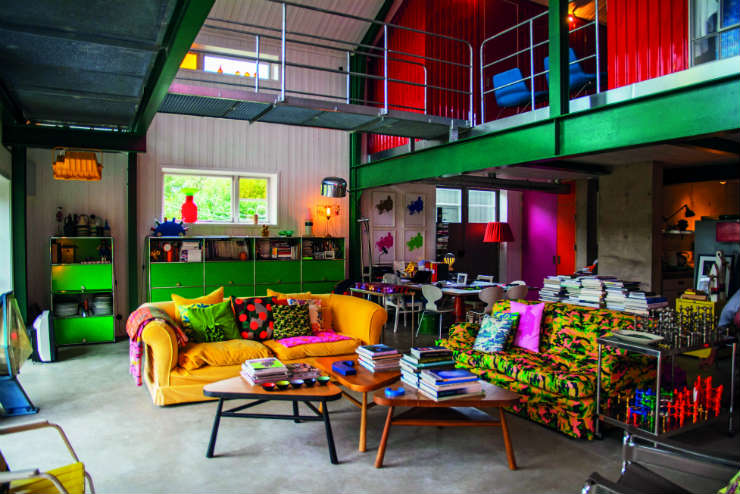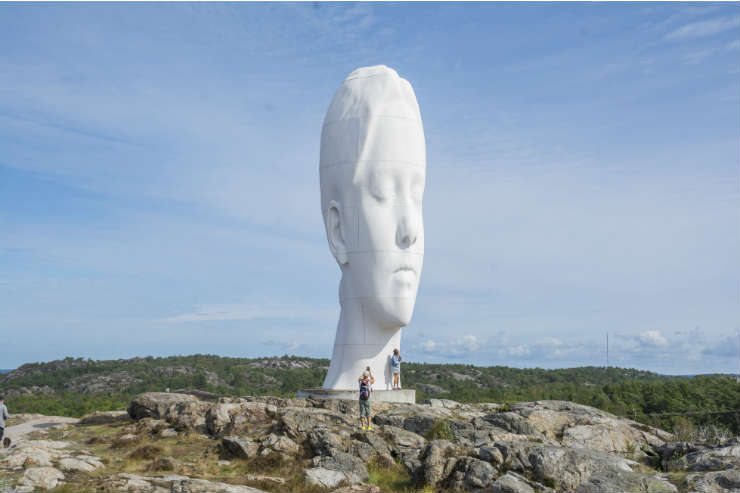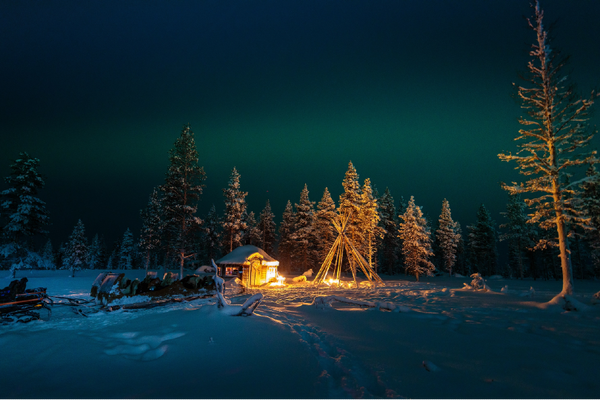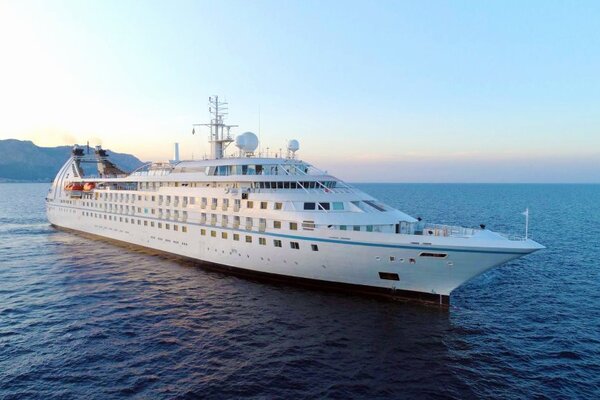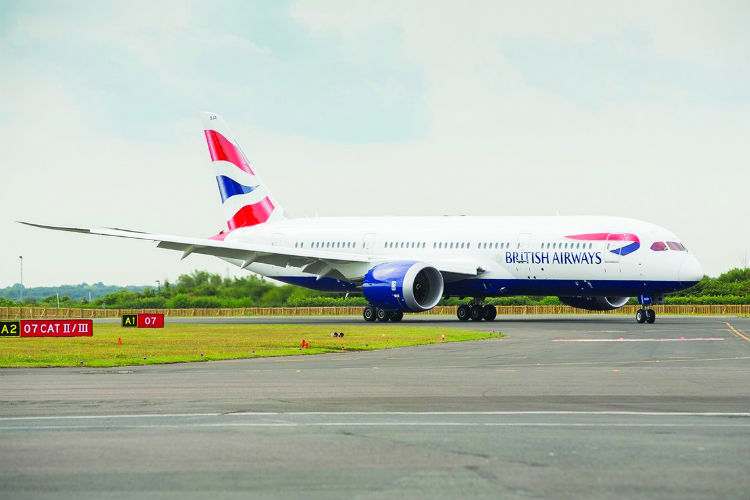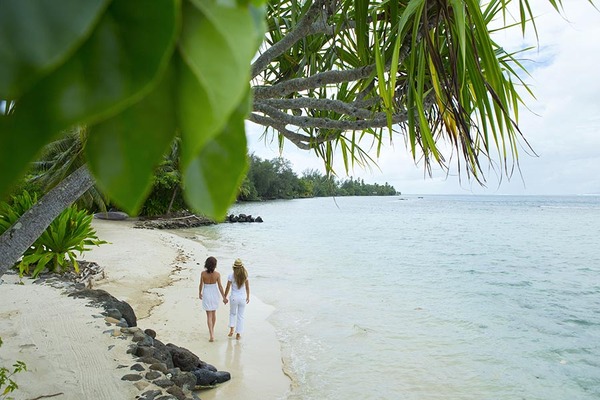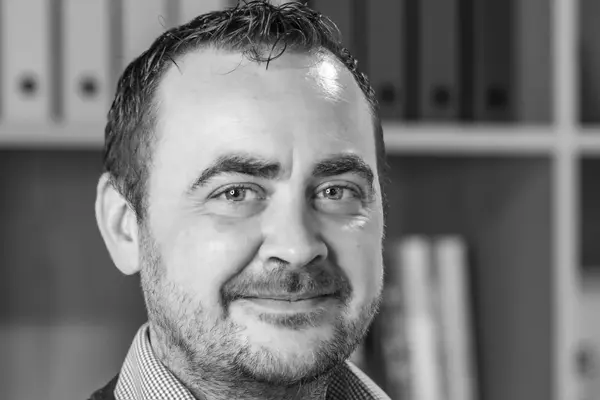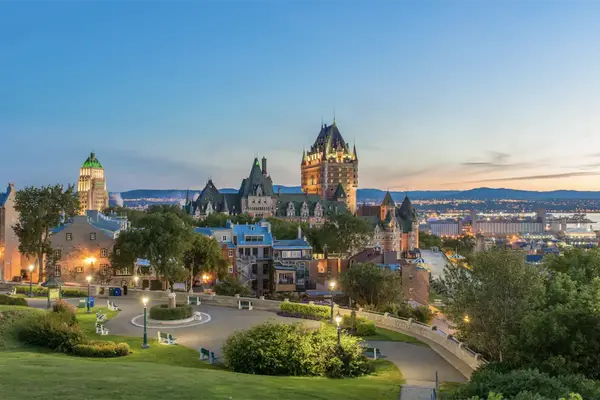How Gothenburg flies the flag for LGBT+ diversity
Visit Sweden offers a warm welcome to LGBT+ travellers – and everyone else – as James Litston discovers on a visit to Gothenburg and its islands
It’s Saturday afternoon here in Gothenburg, west Sweden, but the people lining the city’s main street aren’t your average passers-by. Families, couples and groups of friends are waving rainbow-coloured flags or wearing capes, bandanas and other accessories in rainbow-bright stripes.
There’s a contagiously upbeat atmosphere of anticipation – and the approaching sound of whistles and music suggests there’s not long to wait.
The people of Gothenburg are out in force to celebrate West Pride, a week-long festival of LGBT+ arts, talks and culture held each year in early June, and of which today’s colourful march is the highlight.
As the first of the floats turns into the street, the waiting crowds cheer in support. Groups bearing banners with slogans such as “No To Homophobia” lead the parade.
A posse of schoolkids dances past with a sign saying “Marching with our gay friends”, and a local hotel has cleverly sponsored a float with the message “Room for All”.
Adding to the spectacle are rousing drummers and marching bands, while some of the floats pump out pop music (inevitably including lots of Abba). Among the more eye-catching marchers are a group in head-to-toe fetish attire, a troop of soldiers with brightly painted faces and a guy in heels enthusiastically doing the Macarena.
It’s all high-spirited, good-natured fun with a strong underlying political agenda that highlights equal rights and acceptance for LGBT+ people. It’s heart-warming to see the message being embraced by the predominantly non-LGBT+ revellers. Gothenburg is clearly out in force to champion diversity.
Powerful message
As one of the world’s most progressive societies, Sweden takes human rights, including LGBT+ issues, to heart, making this an extremely welcoming destination. Indeed, Visit Sweden proudly pursues a dedicated LGBT+ strategy.
West Pride is one of 33 annual Pride events held across the country (there’s even one for the indigenous Sami community in the far north). Last year saw West Pride team up with Stockholm to co-host EuroPride, the continent’s highest-profile Pride event, with the powerful message “Two cities, one country: for a united Europe open to the world”.
West Pride’s energy and spectacle may bring Gothenburg to life, but it’s not the only time that the city holds LGBT+ appeal. Its compact size and lively neighbourhoods (plus a flight time of less than two hours) make it perfect for city breaks all year round. Better still, the last decade has seen the city reinvigorated with new hotels, restaurants, microbreweries and even an urban winery.
Much of this contemporary appeal lies in the central districts of Haga, Linne and Magasinsgatan, where clients will find design stores where they can splash out on clothes, crafts and curios. The Feskekorka fish market is also worth a browse, as are the many cafes for indulging in fika: the Swedish tradition of coffee served with just-baked cinnamon buns.
Great outdoors
As well as its obvious urban charms, Gothenburg also benefits from its proximity to the great outdoors. It’s just 20 minutes by tram to the ferry port, from where clients can go island-hopping in the archipelago.
My next destination, Bohuslan, is a bit further afield, so a hire car is the best option for the two-hour trip north to this coastal region. It’s a patchwork of scenic peninsulas and islands whose exposed granite rocks have a distinctly pinkish hue.
Here, I spend a magical afternoon visiting a tiny isle whose owner, a shellfish farmer, serves up mussels and oysters fresh from the sea.
Moving on, I hire a bike on Tjorn, a much larger island to the south, and pedal around some of its miles of newly installed, waymarked cycle trails. Along the way, I meet Anna, a 14-metre-high artwork who’s the star attraction at Pilane Sculpture Park. The striking, bone-white piece gazes down from a hilltop to the sea and is the only permanent work among a seasonally changing exhibition of art displayed in a natural setting.
Later, I discover more art at the Nordic Watercolour Museum where (over lunch at Vatten, its exceptional waterfront restaurant) I catch up with Karin Gesouli of Tourism West Sweden. She tells me that the cycle paths are part of an initiative to boost Bohuslan’s economy and extend the tourist season beyond high summer’s six-week peak.
The project encourages hotels, attractions and ferry operators to work together and improve the overall visitor experience, and has already seen considerable success. Nearly 50 municipalities have been connected by bike trails, and the season now stretches comfortably from May until late September. Visitors’ length of stay has increased and tourism now sustains more year-round residents – and that is truly something to be proud of.
Book it: A seven-night summer escape in West Sweden (three in Gothenburg, four on Tjorn) costs from £1,018pp, including flights, transfers, B&B accommodation and car hire. sunvil.co.uk


